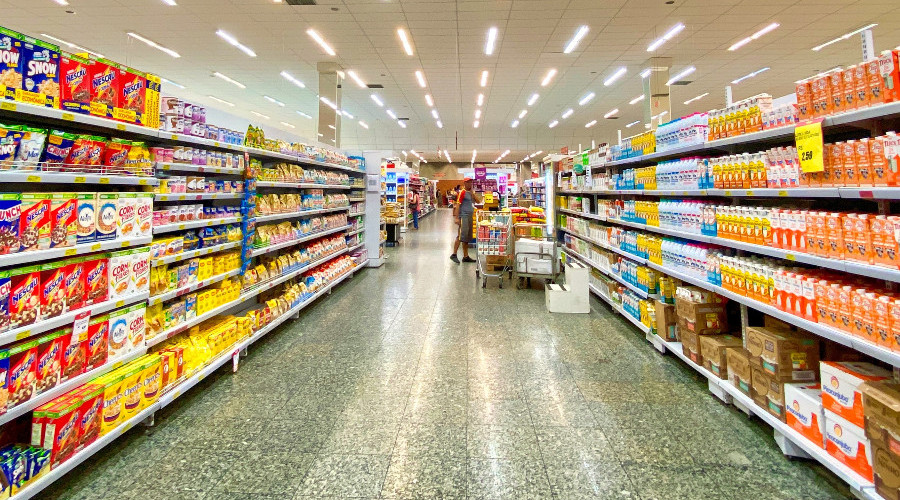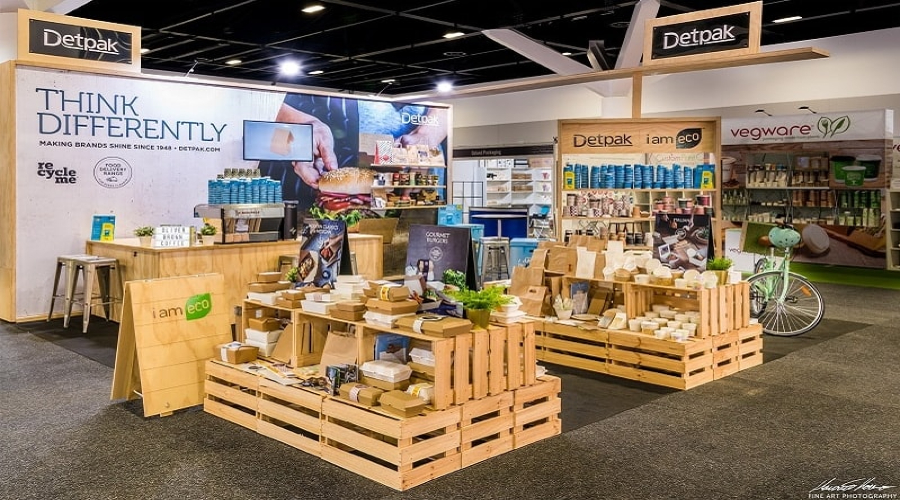Optimizing Supermarket Layouts with Strategic Merchandising
Hello again, DisplayHype.com readers! Today we’ll explore the fascinating world of supermarket layouts and their impact on merchandising strategy. It is important for boosting sales, profit and customer satisfaction.
Understanding how to optimize a supermarket layout to facilitate maximum sales is critical. Today’s focus will be on precisely that subject.
The psychology of shopping
The psychology of shopping plays a huge role in influencing customer behavior. Strategic store layout and merchandise placement can lead to increased interaction with products, therefore higher sales.
For instance, most customers move counterclockwise around stores. Customers start their journey on the right side. By placing new or high-demand products in these areas, retailers can increase their visibility and chance of purchase. Because consumers are more likely to look at eye-level shelves, placing higher-margin items there can boost sales.
Similarly, high foot traffic areas like checkout lines, entrances, and ends of aisles (endcaps) are prime real estate for promoting impulse buys or high-margin items. The layout can influence the pace at which customers move through the store. Wider aisles typically encourage faster movement. Meanwhile narrower ones promote slower browsing. Remember, it’s not only about the layout but also strategic shelving in supermarket.
Positioning high-margin goods
High-margin items are the essential foundation of a retailer’s profit strategy. Their positioning in the store is critical. By placing these items at eye level, retailers can increase the possibility of selling them.
A great example is the cereal aisle. The more expensive, brand-name cereals are often found at eye level. Meanwhile, cheaper or store-brand options are positioned higher or lower on the shelf. It is known as vertical merchandising. It has a notable impact on propelling sales of high-profit items.
Stimulating impulse purchases
Spontaneous purchases are highly contributing to retail profits. These are typically small, inexpensive items that customers don’t necessarily need but might want to purchase spontaneously. Optimizing their placement can significantly increase sales.
Checkout lines are a classic example. It is where retailers place various small, often inexpensive items like candies, magazines, or novelty items. While waiting to pay, customers are more likely to impulse pick up one or two of these items.
Similarly, endcaps and promotional islands are also effective for impulse buys. These areas usually feature seasonal or promotional items that catch customers’ eye and spur unplanned purchases.
Using technology for layout optimization
With technology, retailers can take their layout optimization to a new level. Technologies like heat mapping can help identify high and low-traffic areas in the store. It can be instrumental in strategic product placement.
Data analytics can provide information on:
shopping patterns
customer preferences
the effectiveness of various merchandising approaches.
For instance, data may reveal that a particular endcap display is underperforming in terms of generating sales. Armed with this knowledge, the retailer can promptly adjust and modify the assortment or products being offered to improve results.
In conclusion
Optimizing supermarket layouts is both an art and a science, blending creativity with strategic analysis. It’s about understanding your customers, their shopping habits, and how to influence their decisions subtly.
By strategically placing high-margin items and impulse buys, using shopping psychology, and leveraging technology, retailers can boost sales and improve customer satisfaction.





